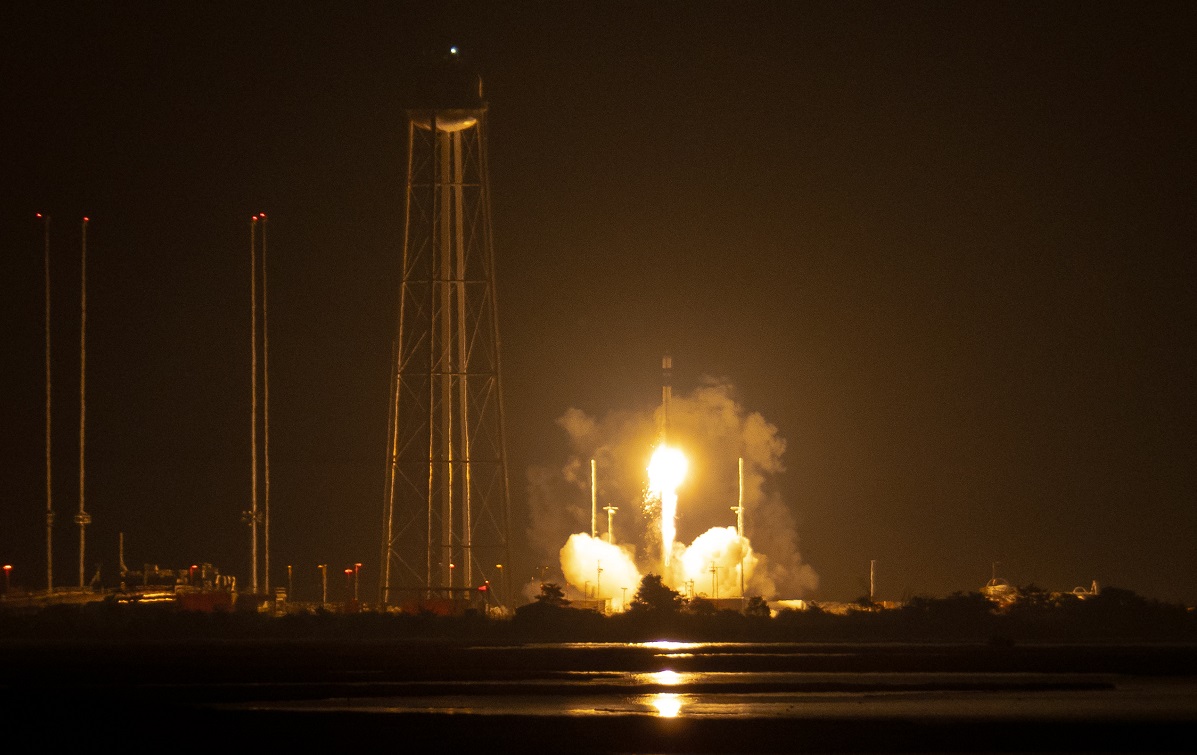Rocket Lab has successfully conducted the first suborbital launch of the hypersonic rocket HASTE

Rocket Lab recently announced the development of a rocket called the Hypersonic Accelerator Suborbital Test Electron (HASTE). It is designed for suborbital hypersonic flights and has already successfully completed its first.
Here's What We Know
On June 18 at 22:24 (EDT) or 19:24 (PDT), the HASTE rocket was launched from the Complex 2 launch pad in Virginia. Rocket Lab said the successful suborbital launch ushered in a new era of hypersonic testing capability.
HASTE is not an entirely new development, but a modification of the commercial Electron rocket. According to the aerospace company, the low cost of launch is one of its key advantages over its peers.
The rocket uses a carbon composite and Rutherford's engines are 3D-printed, just like the Electron. At the same time, HASTE has a modified third stage that enables suborbital cargo transport at hypersonic speeds.
Our first HASTE rocket takes flight from Rocket Lab Launch Complex 2 in Virginia with a dogleg maneuver on the way to payload deployment.
- Rocket Lab (@RocketLab) June 18, 2023
???? @kyle_LTS pic.twitter.com/qV6BowE1de
In the first test, HASTE was able to perform a manoeuvre to change its flight trajectory before deploying the payload. Rocket Lab says the rocket can carry up to 700 kg, but the company plans to increase the payload capacity.
Formally, Rocket Lab National Security (RLNS) is responsible for the project. The subsidiary was created specifically for the US Department of Defense, US intelligence and other federal agencies. The first test was commissioned by a 'confidential client'.
It is worth noting that Dynetics involved Rocket Lab in the hypersonic test launch under contract to the Pentagon. The company also signed an agreement with the US Missile Defense Agency to test payloads. The defence innovation division is also interested in the capabilities of HASTE.
Source: Rocket Lab